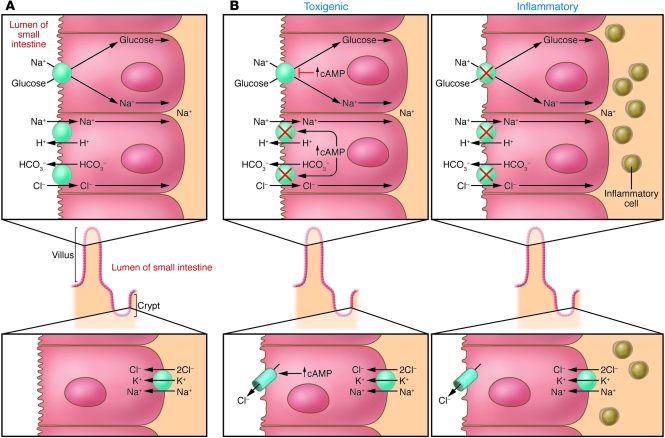Figure 3. Movement of Na+ and Cl– in the small intestine.
(A) Movement in normal subjects. Na+ is absorbed by two different mechanisms in absorptive cells from villi: glucose-stimulated absorption and electroneutral absorption (which represents the coupling of Na/H and Cl/HCO3 exchanges). (B) Movement during diarrhea caused by a toxin and inflammation. In toxigenic diarrhea (caused, for example, by the enterotoxin produced by V. cholerae), increased mucosal levels of cAMP inhibit electroneutral NaCl absorption but have no effect on glucose-stimulated Na+ absorption. In inflammatory diarrhea (e.g., following infection with Shigella spp. or Salmonella spp.) there is extensive histological damage, resulting in altered cell morphology and reduced glucose-stimulated Na+ and electroneutral NaCl absorption. The role of one or more cytokines in this inflammatory response is critical. In secretory cells from crypts, Cl– secretion is minimal in normal subjects and is activated by cAMP in toxigenic and inflammatory diarrhea.

